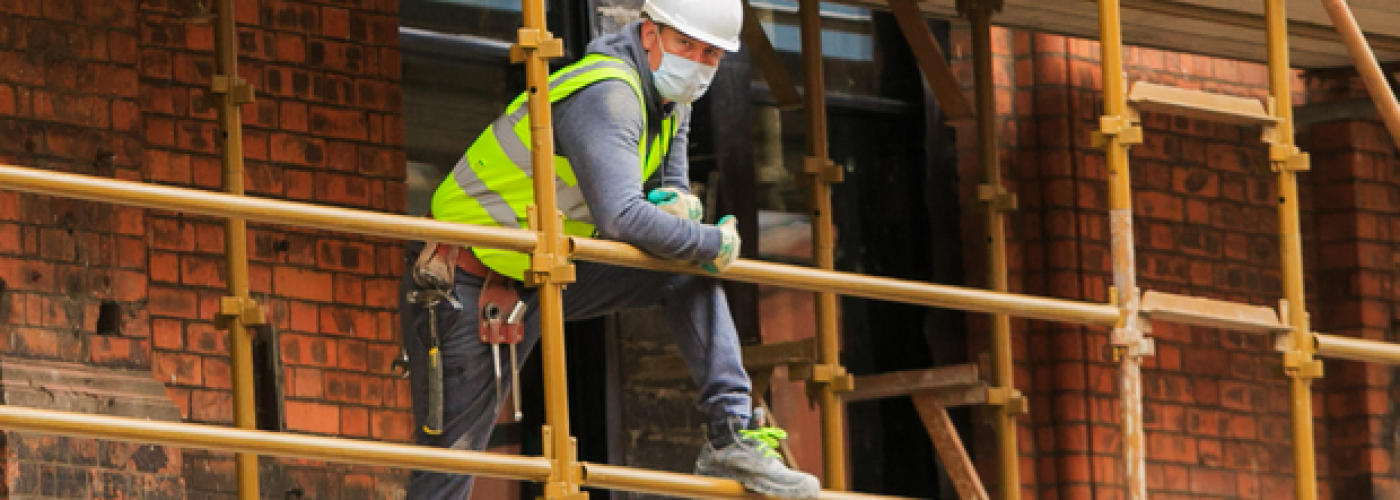The Chartered Institute of Building has responded to Friday figures from the Office for National Statistics (ONS).
Hew Edgar, Associate Director of Policy at CIOB, said:
“We are pleased to see such positive figures for December, closing off a record year in output growth. However, new work cannot sustain growth alone, many parts of the industry have still not returned to pre-pandemic levels due to several underlying issues holding the construction industry back, such as cost of materials, labour shortages and ability to transport goods to and from sites to name a few. It is clear that intervention is needed at a government level to provide industry with the support it needs, and reassurance that they explore all avenues that could ease the pressure caused by factory closures, encourage new talent to enter the construction industry, and providing the industry with a steady pipeline of work through investment of public new work which contributed very little to this month’s output.”
The figures released on Friday (11 February 2022) showed a slight uptick of 2 per cent in December 2021 compared to the previous month, with infrastructure work continuing to prove a reliable source of growth in December as has been the case for the past three years. Both infrastructure and private new housing were the only new work sectors where the level of output in December was above their Covid-19 February 2020 levels. Anecdotal evidence suggests that the increase in private new housing is because of businesses pushing work to finish before the end of the year and easing of certain construction products will likely have helped. For public work, new housing has seen a small increase in December of 7 per cent which offsets the decline in new work starting in other public areas which dropped by 7 per cent compared to November.
Looking back on the year-on-year change in construction output, we see that the total construction output for 2021 has increased by almost 13 per cent compared to the previous year. This is the largest increase since annual records began, indicating that construction has continued to bounce back from the pandemic. However, many sectors have not yet returned to the levels of output pre-pandemic in February 2020 and so although output has increased by a large amount, it still isn’t at ‘normal’ levels.
New work is a good temperature check on how the construction industry is currently performing. New orders for commercial work have increased by 14 per cent in Q4 of 2021 in the wake of continued laxing in Covid-19 restrictions boosting optimism from construction investment firms.
However, there is a real risk to the completion of projects as the costs of materials continue to rise with the Department for Business, Energy and Industrial Strategy (BEIS) releasing data showing that costs rose by almost 23 per cent into late 2021. Alongside this, the shortages of skilled workers continues to worsen as the ONS recently reported that construction vacancies rose by 43 per cent from Q2 to Q3 2021 and we have recently seen the London Mayor, call for a temporary visa scheme for builders to tackle the shortage of workers. In October 2021, the ONS released data on the productivity in the construction industry which saw a trend of businesses moving away from purchasing materials and more towards purchasing services to minimise the impact we are seeing on the rise of costs for both people and goods. This trend is expected to continue if there is no intervention.





